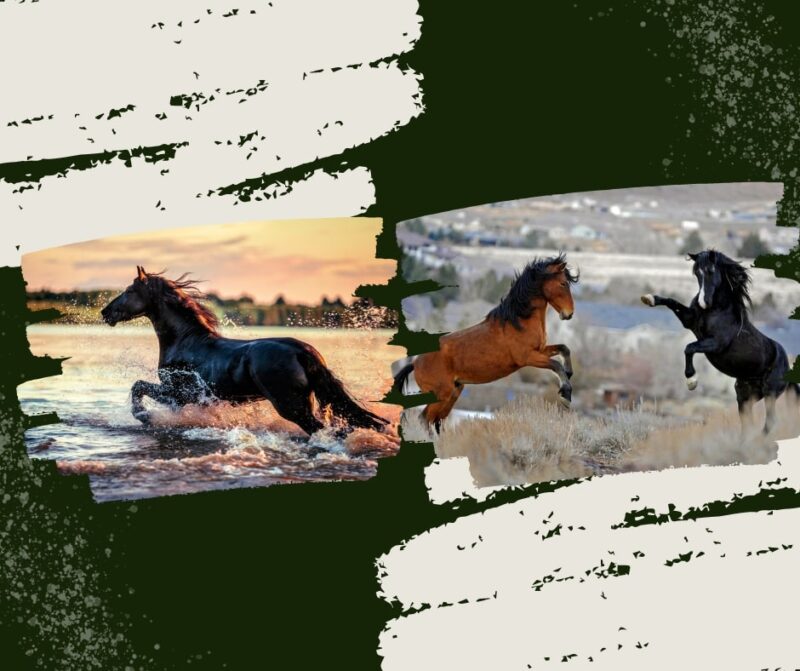The survival tactics of wild horses can be a fascinating exploration into the realm of nature’s resilience. They have been able to adapt and thrive in various environments, from the arid climates of North America to the snowy Siberian plains.
These animals are examples of evolution in action, a testament to the adaptive power of life in the wild. These equine survivors owe their existence to a unique blend of biological adaptations, behavioral strategies, and their incredible ability to make the most of the environments they inhabit. In this blog post, we’ll discuss the myriad ways in which wild horses survive, thrive, and continue to fascinate us.
Anatomy and Physiology
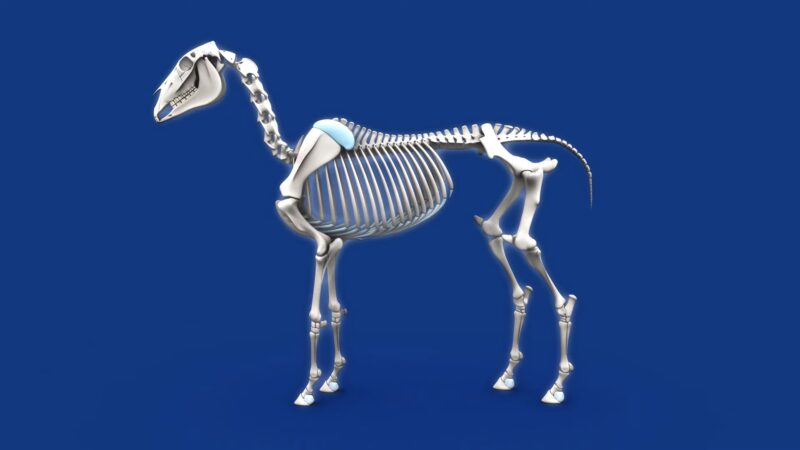
To understand how wild horses survive, we need to start with their physical structure. Horses are built for speed, efficiency, and endurance, which are key survival attributes in the wild.
- Their long legs, powerful muscles, and lightweight bone structure are perfectly designed for rapid movement, essential for escaping predators.
- Their large lungs and heart can supply and circulate a significant amount of oxygen during sustained physical exertion, enabling them to cover large distances at considerable speed without getting winded.
Furthermore, a horse’s sense of hearing is highly acute. Their large, movable ears allow them to detect sounds from all directions, alerting them to potential threats.
Foraging and Diet
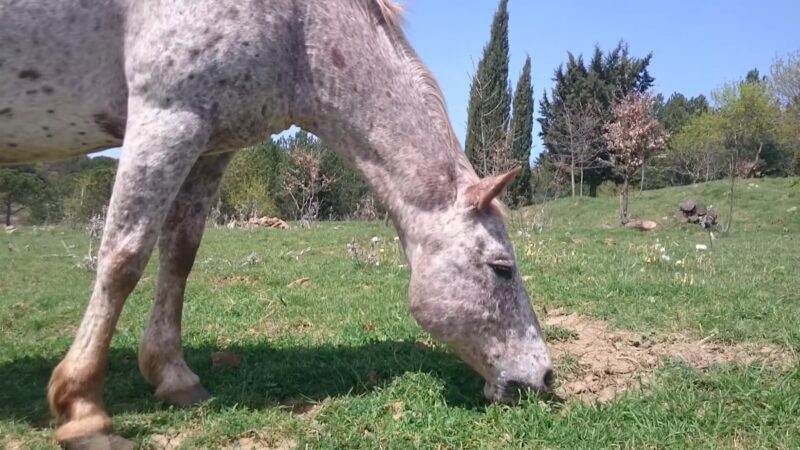
Wild horses are incredibly adaptive when it comes to feeding. Their primary diet consists of grass and other forms of vegetation, but they are not restricted by this.
- They can consume a variety of plant materials, such as leaves, bark, and even certain fruits and berries, depending on what is available in their environment.
- Their strong, flat teeth are perfect for grinding plant material, and their complex digestive system allows them to extract as much nutrition as possible from their food.
Seasons play a role in the dietary habits of wild horses too. In winter, when food resources are scarce, they can survive by eating less palatable vegetation that other herbivores might avoid.
Social Structure and Herd Behavior
One of the key survival strategies for wild horses is their social organization. Wild horses live in herds, typically comprised of a dominant stallion, several mares, and their offspring. Being part of a herd offers numerous advantages. They can alert each other to potential dangers, and there is safety in numbers when facing predators.
Also, the competition within the herd encourages healthy breeding, ensuring the survival of the fittest. The hierarchy within the herd also plays a critical role. The leading mare often guides the herd to feeding and watering spots, while the dominant stallion defends the group from threats. This social structure contributes to the herd’s overall survival.
Reproduction and Survival of Foals
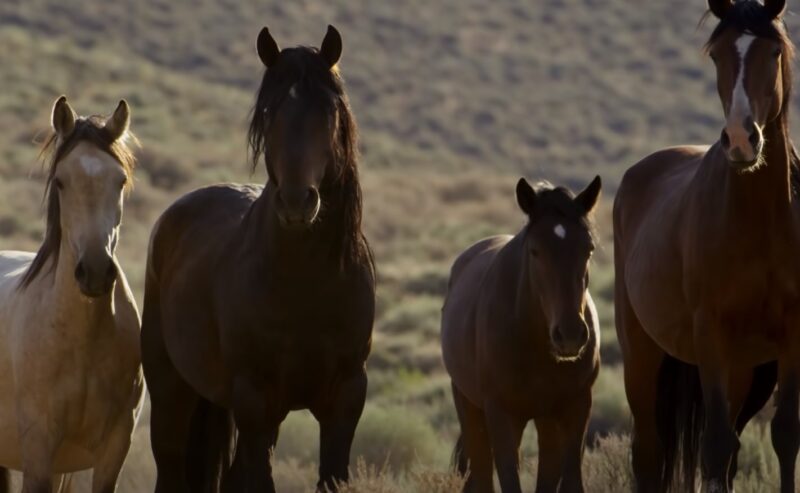
The reproductive strategies of wild horses also contribute significantly to their survival. Mares give birth to a single foal almost every year, ensuring the continued growth of the herd. Foals can stand and run within a few hours of birth, a vital adaptation for survival in the wild.
Additionally, both the mother and other mares in the herd protect the newborns, keeping them safe from predators and environmental hazards.
Water Needs and Strategies
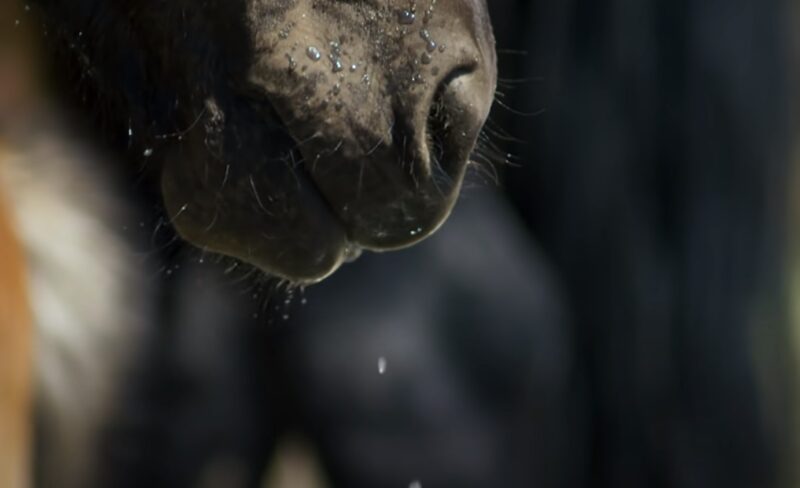
Water is essential to the survival of any creature, and wild horses are no exception. They can drink up to 10 gallons of water per day and have developed multiple strategies for locating this precious resource.
- Horses have an exceptional sense of smell and can detect water sources from miles away.
- They also remember the locations of water bodies and return to them regularly.
During harsh conditions, horses can conserve water by reducing their activity levels and seeking shade to avoid overheating.
Survival in Harsh Climates
Wild horses have been successful in colonizing a wide range of environments. Whether it’s the dry Nevada deserts or the frigid Mongolian steppes, horses have found ways to survive.
- In hot climates, horses conserve water by sweating less and primarily moving during the cooler parts of the day.
- In cold environments, their long fur and the ability to put on fat reserves during warmer months help them to survive.
Their survival is truly a testament to their incredible adaptability and resilience.
Predator Avoidance and Defense
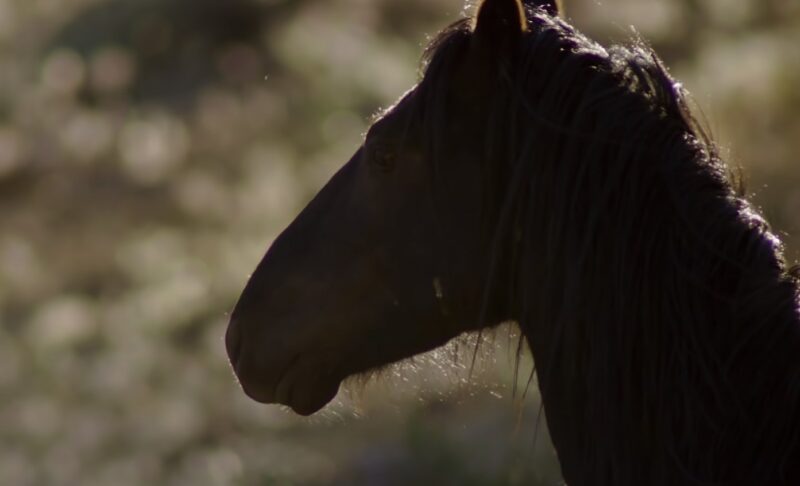
Wild horses, despite their size, are not immune to predation. Their primary predators include wolves, bears, and large cats in different parts of the world. To protect themselves, horses rely on their exceptional speed and endurance, which allows them to outrun most threats.
Their sharp hooves and powerful hind legs also provide a potent defense if cornered. Moreover, the herd’s vigilance and group defense strategies, like forming a protective circle around young and weak members, are crucial for deterring predators.
Disease Resistance
One often overlooked aspect of wild horse survival is their resistance to disease. Over generations, wild horses have developed immunity to many diseases that commonly affect domestic horses. They have a robust immune system, which, combined with their active lifestyle, helps keep them healthy. Injuries and sickness are part of life in the wild, but these horses have the uncanny ability to recover, heal, and carry on.
Impact of Human Intervention
Human intervention has been both a bane and boon for wild horses. On the one hand, habitat loss and human-induced climate change are posing significant threats to these animals. Conversely, some human-led initiatives, like establishing protected reserves and implementing programs to control population growth in a humane way, have had positive effects. Understanding and managing this double-edged impact is crucial for the future survival of wild horses.
Conservation Efforts
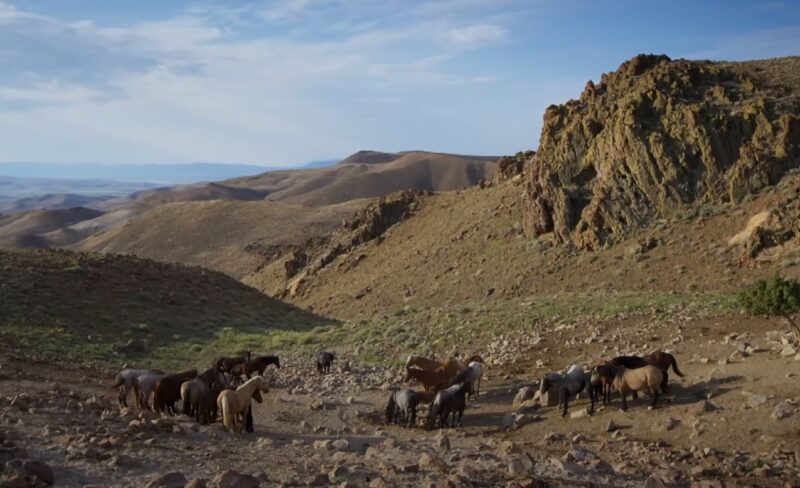
Recognizing the unique value of these creatures, numerous efforts are underway globally to ensure their survival. These include legislative protections, managing their habitats, and establishing captive breeding programs.
By supporting these initiatives, we can ensure that future generations get to witness the majestic spectacle of wild horses roaming free, emblematic of the beauty and resilience of life in the wild.
Role of Wild Horses in the Ecosystem
It’s important to note that wild horses are not just survivors; they are vital contributors to their ecosystems.
- They help maintain grasslands by grazing and reduce the risk of wildfires by consuming dry vegetation.
- Their droppings enrich the soil and promote nutrient cycling.
Their presence can influence the structure and function of ecosystems, making them an integral part of the environmental tapestry.
Myths and Misunderstandings
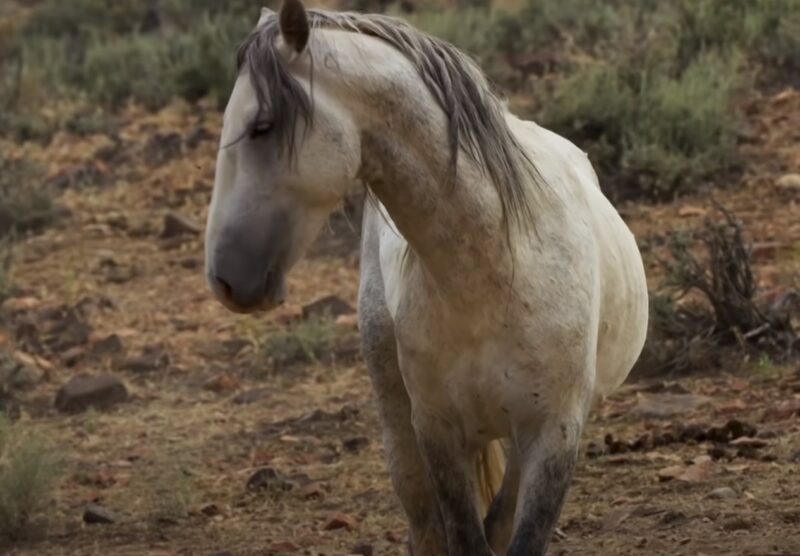
Unfortunately, several myths and misunderstandings about wild horses persist, which can hinder their survival. These range from their perceived invulnerability to disease to misunderstandings about their impact on the environment.
By educating ourselves and others, we can dispel these myths and contribute to the ongoing efforts to protect these magnificent animals.
Learning from Wild Horses
Observing and understanding how wild horses survive can provide valuable lessons for us. Their social structures, for instance, can teach us about cooperation and communal living. Their resilience in the face of adversity is an enduring reminder of nature’s tenacity and adaptability, inspiring us to cultivate these qualities within ourselves.
Final Words
The survival of wild horses is an intricate interplay of biological adaptations, learned behaviors, and environmental factors. It’s a testament to their resilience, tenacity, and the power of evolution. Their story is not just about survival but also about the profound ability of life to adapt and thrive amidst adversity.
Despite the many challenges they face, wild horses continue to roam the vast expanses of wilderness around the world, a poignant symbol of freedom and resilience. By appreciating these animals, understanding their survival strategies, and supporting efforts to protect them, we can help ensure that the saga of wild horses continues for generations to come.


